The a6500 is the new flagship APS-C E-mount camera from Sony. It doesn’t replace the a6300 but rather finds itself at the top of what we can call now an a6000 APS-C series that is composed of three cameras: a6000, a6300 and a6500.
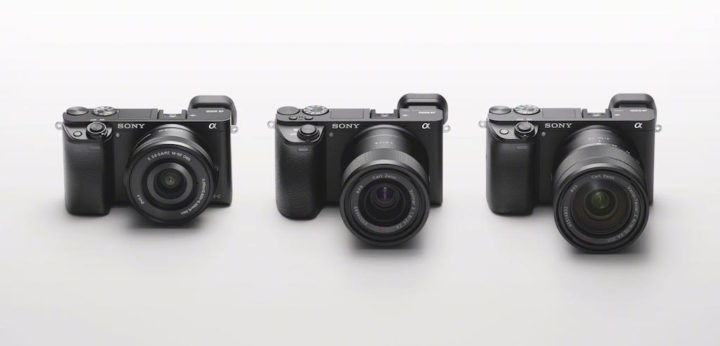
The new a6500 has much in common with the a6300 including sensor resolution, ISO sensitivity, the AF system, EVF and body design. However, we also find some new features on the a6500 that we had hoped would appear on the a6300 in the first place, such as touch screen capabilities and 5-axis stabilisation.
The body design looks identical and Sony states in the press release that the body width and thickness remains the same. The grip has been re-designed to enhance the ergonomics and is more recessed than the one on the a6300. The camera features the same magnesium alloy construction, robust lens mount and resistance to dust and moisture.
Concerning the ease of use, the a6500 has an extra custom button on top for a total of 10 custom buttons. The buttons and dials have been improved to enhance the feel when using them. The menu system has been (finally) upgraded with a more organised and quick interface.
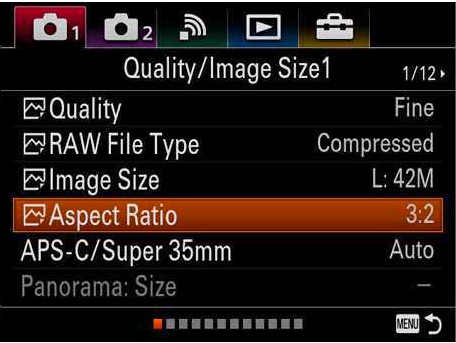
The EVF is the same XGA OLED Tru-Finder found on the a6300 with 2.4 million dots and a maximum refresh rate of 120fps. The external eyepiece is now softer for more comfortable usage.
One of the biggest headlines (and a much desired feature) is touch sensitivity on the rear monitor, something that Sony only ever implemented on the a5100. You can use the screen to select the focus point (for stills and video), or as a touchpad when composing with the EVF.
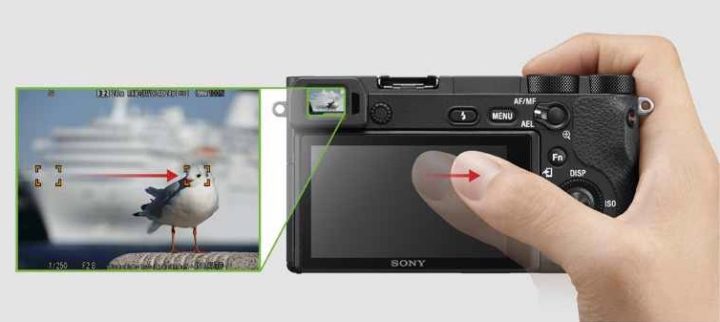
The sensor is a new version of the 24.2MP sensor found in the a6300 and the main difference is the new front-end LSI chip. According to Sony, the latter improves the high ISO performance for both stills and video in combination with the BIONZ X image processing engine. However the sensitivity range remains unchanged (100 to 51200). The LSI element is also responsible for higher buffer capabilities: up to 307 frames when shooting at 8fps and in JPG Fine quality.
The camera has the same 4D Focus hybrid system found on the a6300 with 425 phase detection points. Continuous shooting speed is also the same at 11fps and 8fps with live view. You will find EyeAF, Focus magnification with AF and compatibility with A-mount lenses via the LA-EA3 adapter and Canon EF lenses via third party adapters.
The shutter mechanism is new and has tested for approximately 200,000 release cycles. It should also produce fewer vibrations, reducing the chances of shutter shock. The electronic shutter and silent mode are also available.
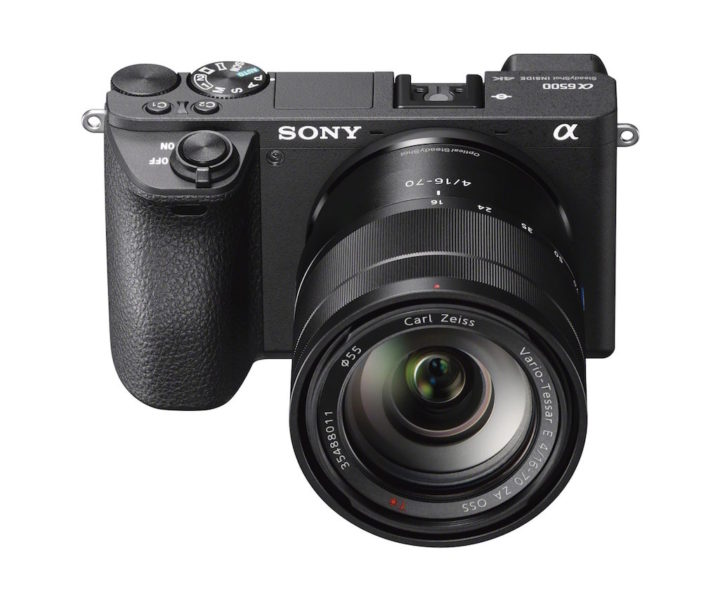
There are two new metering modes:
- Highlight: the metering concentrates on the brightest area of the frame to avoid clipping
- Entire Screen Avg: it maintains an average metering for the entire picture.
The metering spot location can be linked to the focus area when using the Flexible Spot area. Standard exposure values can be adjusted from -1 to +1 stop in 1/6 steps and set separately for each metering mode.
The second biggest news is the implementation of sensor stabilisation, something that Sony has never given to an APS-C camera before. The 5-axis system can compensate up to 5 steps and works in the same way as with the A7 II generation. When combined with a lens that features optical stabilisation, the camera will use three axis on the sensor and 2 axes on the lens. With E-mount lenses that transmit EXIF data, 5 axes are used on the sensor. With other lenses, 3 axes on the sensor remain available (you will need to input the focal length manually). The stabilisation can also be previewed on the EVF/LCD monitor when half pressing the shutter release button.
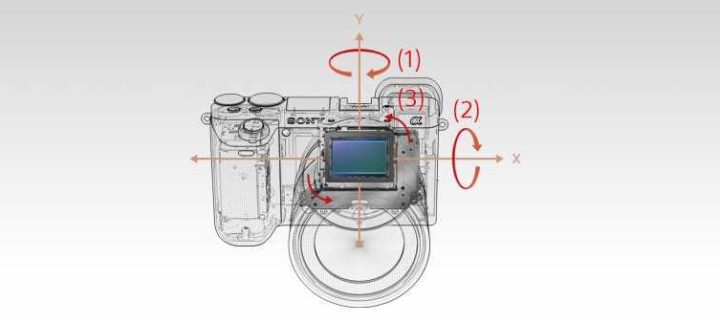
In the video department, we find 4K with full pixel readout and no sensor crop. Like the a6300, it does this by using 20MP on the sensor (6K equivalent) and downscaling to 4K. The camera uses the XAVC codec and can record Full HD up to 120fps. S-log gamma profiles (S-log2 and S-log3) are available. There is a microphone input and 4:2:2 8bit output via the HDMI port.
There are two additions related to video. First we have a Slow and Quick mode where you can choose between 1 and 120fps (in 8 steps) to produce fast or slow motion footage. The video files are conformed to 25 or 30fps so that you can preview the result in-camera directly.
Then we have the possibility to extract an 8MP JPG (and 2MP for Full HD) from any frame of the video footage. This is a similar function to the Lumix 4K Photo.
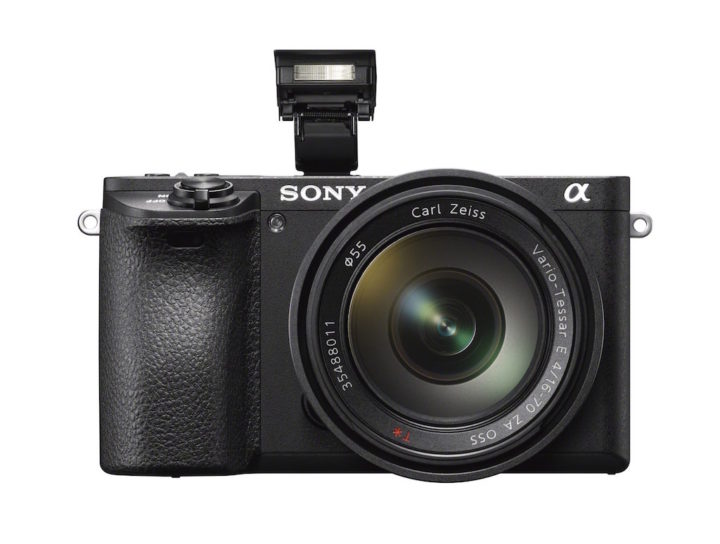
Finally, we have Wifi and NFC connectivity as well as location data via Bluetooth when the camera is paired with a compatible mobile device. The new QR code compatibility should be able to pair the camera with non-NFC devices quickly.
The price might dampen your spirits, especially if you live in Europe. For the body only, it starts at $1400 / €1700 / £1500.
Sony will also introduce a new Graphite Grey version of the a6000 in Europe in December.
